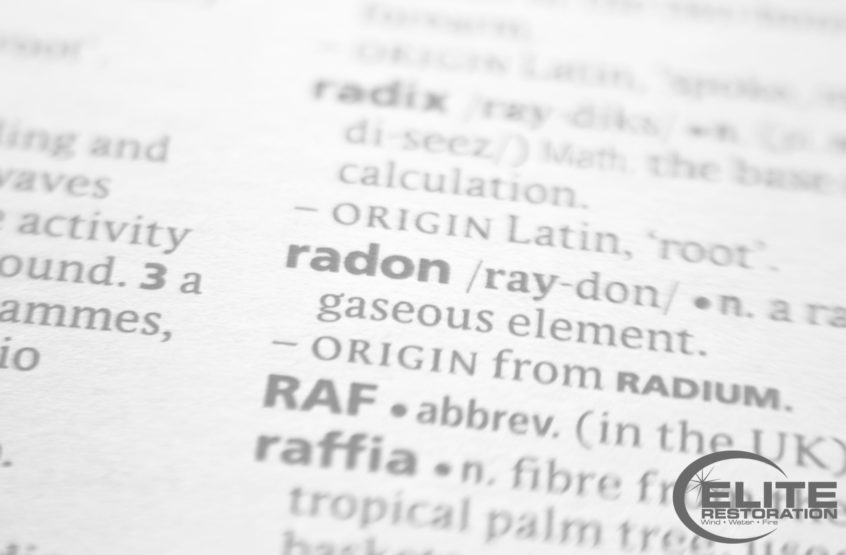Radon Testing – is it Important?

What is Radon?
Radon is a colorless, odorless, and tasteless gas that occurs naturally. As radium and uranium in the soil and stones decay, radon gas is produced. Common stones such as shales, granites, schists, and limestone can produce radon as the radium-226 that they contain decays. This isn’t an exhaustive list of stones, either. Any stone containing radium-226 can produce radon. This is why it’s important to have a radon detection test done!
Radon gas is heavier than air. That means it’s commonly found in the lower levels of a home or in the basement. However, it has also been detected in the upper floors of homes.
Why is Radon Testing Important?
Radon is the number one cause of lung cancer among non-smokers. It is a naturally occurring carcinogen, so it’s important you know what levels you’re being exposed to over long periods of time.
There are risks associated with prolonged radon exposure… but many states don’t have any regulations regarding radon testing. Idaho is among these states without specific Radon testing laws.
Fortunately, anyone can have an exposure test performed and take measures to make their home safer! Learn more about Radon by visiting our page on Radon Testing & Mitigation.
Common Radon Testing Methods
- DIY radon testing: You can test for radon in your home using kits available online and in stores. However, these are a short-term radon test. While short term tests can show you potential radon exposures — you will get the most accurate exposure reading with a long-term test.
- Real Estate radon testing: You can request to have a radon test done as part of a real estate transaction. For this, the testing process can take anywhere from two to four days. It takes about seven days to process the results. A Continuous Radon Monitor (CRM) can provide results much more quickly. However this equipment is usually only available to professionals.
- Radon water testing: You can test home’s water supply for the presence of radon. Water samples are taken from a bathroom and/or kitchen sink. Then, those samples are sent to a laboratory. Getting results for water radon testing usually takes about 7 days.
- Long term radon monitoring: Long term radon tests are the most accurate way to measure radon exposure over time. This test uses either a passive Alpha Track Detector or Continuous Radon Monitor. This kind of radon test can take anywhere from 90 days to 365 days to complete. This test requires special equipment, so hiring a specialist is the best option if this is the method of your choice.
Radon Mitigation Options
Contact a radon mitigation specialist to find the right solution for your home. Most mitigation solutions involve slab work or crawlspace work. This means they are hard to do on your own. Read more about the radon mitigation solutions Elite Restoration offers here.

